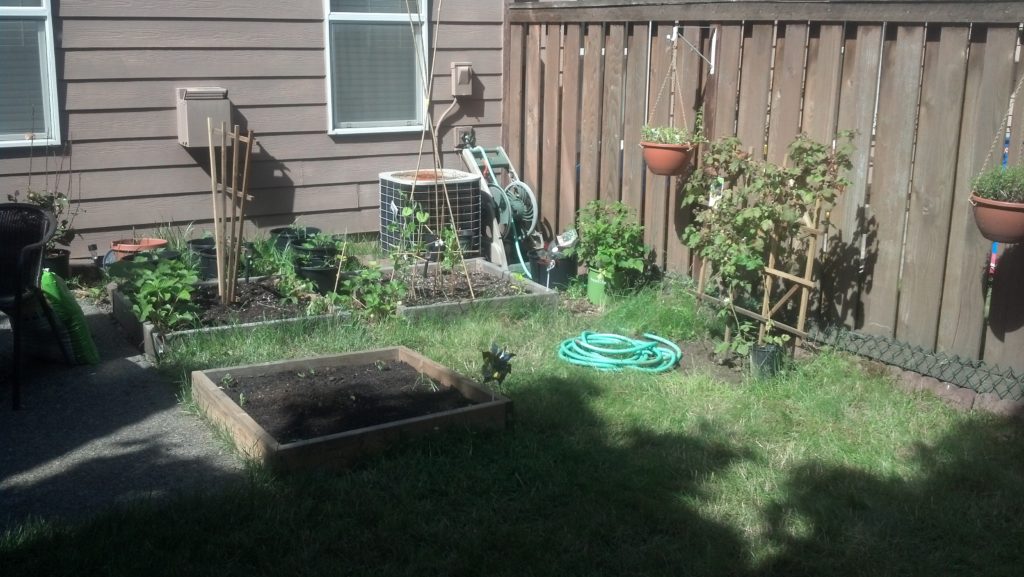If you’re like me and started late into the game, go start investing right away!
Good Evening SNH’ers,
I have decided this post to be all
about saving for the future. I hope this article encourages those of
you without retirement accounts to start one tomorrow, or even
tonight. When I was younger, saving was encouraged but never made a
priority in my life. I always understood the benefits of compounding
and how the longer that I kept money invested, the greater the
outcome I would have. I think the investment path is one of the
tools we need to approach life just a bit smarter.
Background
I had some revelation about a year and
a half ago that no matter what, I needed to get a retirement account
started because Mrs. SNH and I did not have any plans whatsoever for
how we would end up in retirement. It was bleak and the math on the
lottery tickets didn’t prove favorable. I also looked at our current
finances and forced it to be a priority to get something started. It
meant really ratcheting our food costs and even controlling how we
chose to drive making each trip more purposeful with the miles spent
in our car. I also used a work at home program doing small
click-work for Amazon’s mechanical turk program that helped kick
start the process. It is really a great program to get a few dollars
moving in the right direction, but you really have to stick with it
to get more that 100 “hits” done before you start to achieve
anything appreciable. At the same time, I also set about putting
away 1% of my income into my 401k. As I saw more money go into the
401k, I also opened a private Roth IRA for some strategic reasons
that I will post down the road. I look forward to meeting a modest
retirement goal at this point.
Onward to compounding
One of my favorite tools is to
estimate what happens to money as it compounds at the following site:
https://www.dividend.com/tools/compounding-returns-calculator.php.
This calculator allows you to play the “what if” scenario.
Let’s say that you estimated a 7% growth on your investment every
year and put in a total $1000 at the ripe old age of 17. At the age
of 67 which is now the social security definition for retirement
(here)
if you were born after 1960, that would net you about $29,457.03.
Parents, here is where it really gets crazy, what if we did that
same investment when your child was born and had a full 67 years to
mature in an investment account. It soars to just over $93,000.
That is the power of compounding. The lesson learned is that the
earlier you invest, the less you will need to put in down the road to
have a secure future at retirement age. If you started investing at
age 40, to get to the same 30k at age 67, you would have to put in
about $4600 to reach that 29k mark. To reach the 93k mark, you would
need to put in roughly $15,000!
Another
great tool I have found to play the game is here:
https://www.hughcalc.org/drip.php
. This one allows you to look at reinvesting dividends and making
monthly contributions to an account which is much more realistic for
investors where they can sock a little away each month and account
for dividends and stock appreciation.
The
take away
If
you’re like me and started late into the game, go start investing
right away! There are many great ways to get started with next to
nothing. After all, the sooner we start, the more we will see when
we get to retirement!
Here
are some of the places you might start investing:
Schwab
(http://www.schwab.com)
Fidelity
(http://www.fidelity.com)
Betterment
(http://www.betterment.com)
Ally
Invest (https://www.ally.com/invest/?PRtarget=am
)
TD
Ameritrade (https://www.tdameritrade.com/home.page
)
Ellevest (http://www.ellevest.com)
Full
disclosure: I am not a financial planner or fiduciary and write from
personal experience. I advise that you discuss your financial future
with a professional to evaluate decisions that can affect your
investment paths as they are far more suited to assisting you and
your personalized needs.


